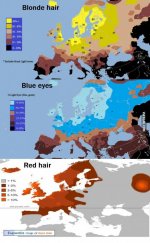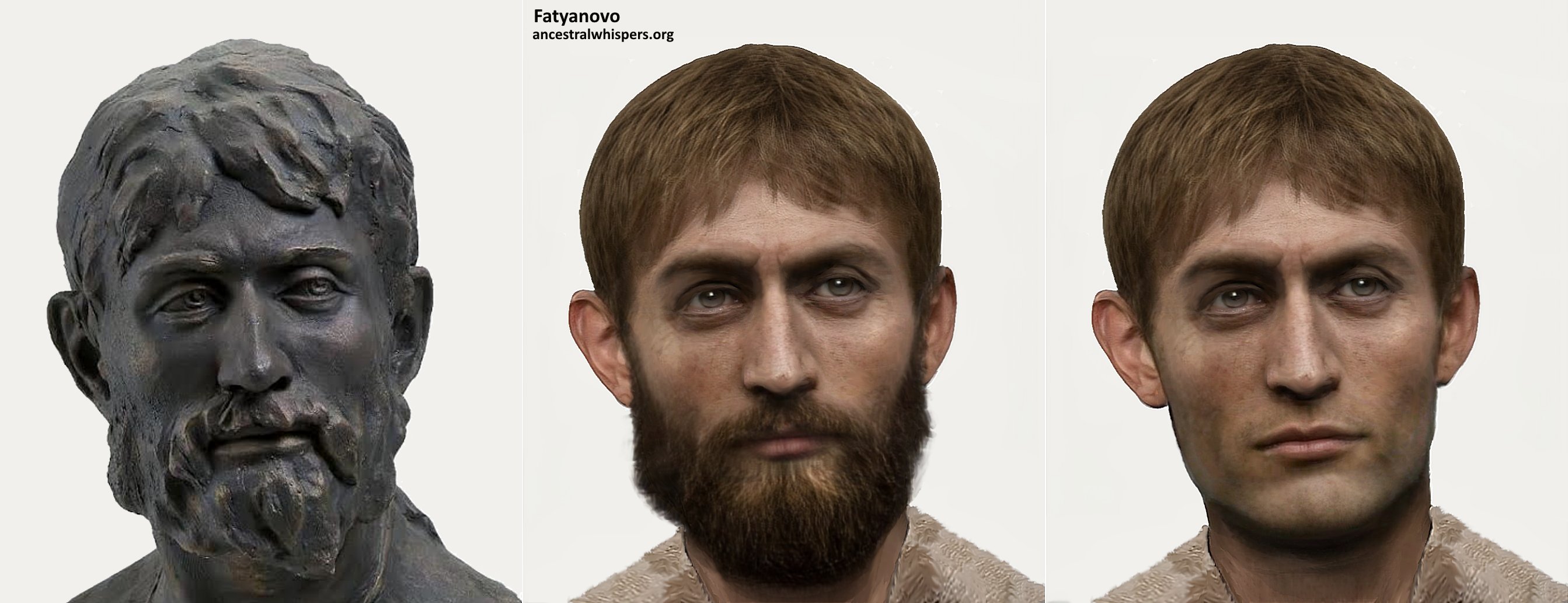torzio
Regular Member
- Messages
- 3,963
- Reaction score
- 1,227
- Points
- 113
- Location
- Eastern Australia
- Ethnic group
- North East Italian
- Y-DNA haplogroup
- T1a2 - SK1480
- mtDNA haplogroup
- H95a
Youre the dumbass who claimed yamnaya brought light skin to WHG. Go do your research before making nonsense up, WHG, scandinavian hunter gatherers (i2a people) had light skin and blue eyes thousands of years before yamnaya existed. Look at this map and youll see that it matches with light hair and light eye frequency (except for maybe iberia who has had the most recent north african input) -
View attachment 13246
As angela mentioned above WHG possibly got lighter skinned over time due to living in europe for a long time (colder region)
where is the map on skin and eye colour ?








